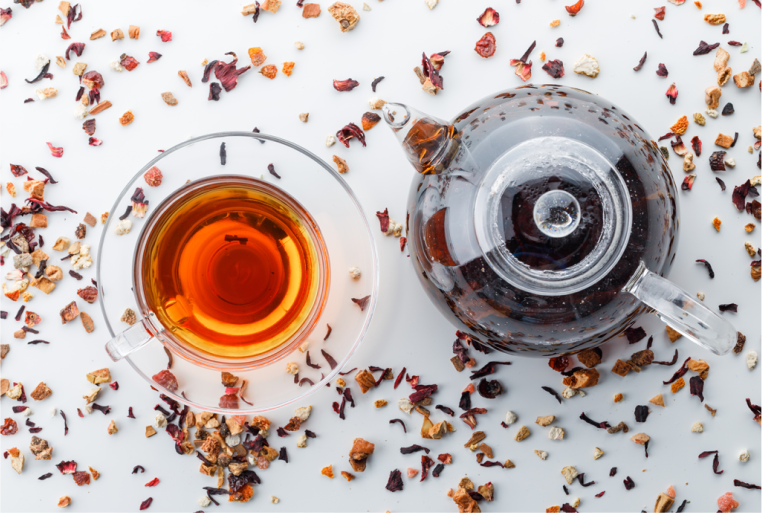
Unexpected Items You Can Purchase with Food Stamps
- foodfightadmin
- May 2, 2023
- Find Food
- find food post ver_four, fnd pages, fnds
- 0 Comments
In a comprehensive report, we delve into the various aspects of the Supplemental Nutrition Assistance Program (SNAP), formerly known as food stamps, which stands as the most significant anti-hunger initiative in the United States. According to the United States Department of Agriculture (USDA), SNAP played a pivotal role in ensuring food security for approximately 41.5 million people in 2021, with an average benefit of $218.14 per person. Recipients utilize Electronic Benefits Transfer (EBT) cards to access funds and make purchases, with the flexibility to buy more than just typical groceries. Here, we explore some of the lesser-known items that SNAP covers.
Energy drinks fall under SNAP eligibility but with specific criteria set by the USDA. Energy drinks carrying a “nutritional facts” label qualify for purchase using SNAP funds, while those with a “supplemental facts” label, categorizing them as supplements, are ineligible. Therefore, popular brands like Red Bull, Rockstar, and Starbucks Double Shot can be bought with EBT cards, while beverages such as 5 Hour Energy, Bang Shot, and Tweaker do not meet the standards.
While SNAP covers packaged coffee, including creamer and Keurig-style K-cups, ready-to-drink coffee is excluded from SNAP eligibility. Similarly, the USDA restricts the purchase of hot beverages, including tea, to only packaged and unbrewed varieties.
Remarkably, hunting and fishing gear can be obtained through SNAP, albeit with certain restrictions. While fiberglass rods and other equipment cannot be directly purchased with an EBT card, the USDA grants eligibility for a small population residing in the most remote parts of Alaska, where hunting and fishing are vital for sustenance. Qualified households in these areas receive special identification cards allowing them to purchase hunting and fishing essentials such as nets, rods, harpoons, lines, and knives. However, firearms and ammunition are not eligible items.
In a unique provision, the SNAP Restaurant Meals Program (RMP) permits select populations in participating states to use their SNAP benefits for dine-in restaurant meals. Vulnerable groups like the elderly, homeless individuals, and the disabled can benefit from the RMP, which mandates participating restaurants to offer meals at concessional prices.
SNAP recipients can allocate funds towards edible plants, including food-producing plants like tomato plants, as well as seeds for cultivating their own food. This underutilized aspect of the SNAP program allows recipients to generate a significant return on investment, with the USDA estimating that every dollar spent on seeds and fertilizer can yield $25 worth of produce. SNAP-approved retailers, including farmer’s markets, facilitate the purchase of seeds and plants using EBT cards.
Gift baskets can be purchased using SNAP funds, provided that at least half of the items inside are edible. Non-food items like toys, stockings, and tins are excluded from the eligible portion if their value exceeds 50% of the purchase price. The USDA provides an example of a stuffed holiday bear accompanied by a small package of chocolate, clarifying that it would not meet the criteria. However, a gift basket predominantly containing meat and cheese would be deemed acceptable.
Although SNAP prohibits the purchase of live animals, there are exceptions for specific categories. Shellfish, fish taken from the water, and animals slaughtered before pick-up from the store can be bought with SNAP benefits. Consequently, while EBT cards cannot be used to acquire a pet dog from a store, SNAP recipients can utilize their benefits to purchase live lobsters.
Beyond the staple grocery items commonly associated with SNAP, the program also covers an extensive range of snacks. The USDA‘s approved list includes marshmallows, marzipan, pudding, popsicles, cakes, pies, doughnuts, muffins, pastries, chips, crisps, popcorn, ice cream, candy, chocolate, custard, scones, churros, and an array of other indulgences. Essentially, if it falls within the realm of snacks, SNAP is likely to cover its purchase.
While SNAP primarily supports essential food items, the inclusion of these lesser-known provisions aims to strike a balance between meeting basic nutritional needs and addressing the occasional desires for treats and non-standard grocery items. By expanding the options available to SNAP recipients, the program provides flexibility and ensures a broader range of food choices, aiming to alleviate hunger and improve overall well-being.








